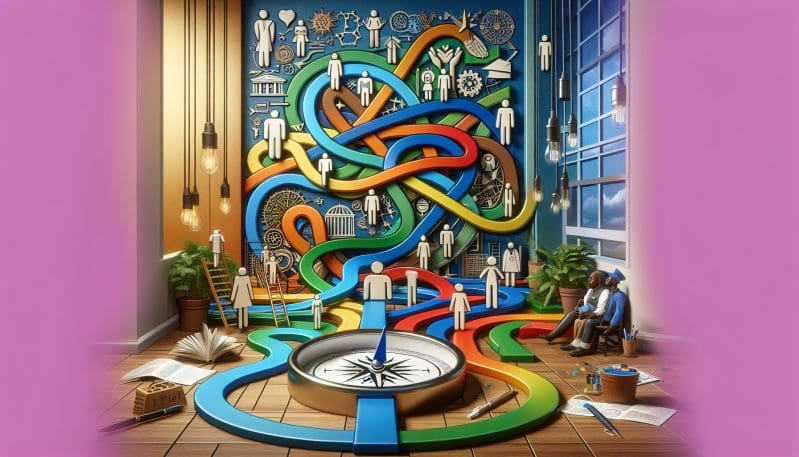In recent years, the corporate lexicon has been enriched with terms that speak to the aspirational ideals of the modern workplace: diversity, equity, inclusion. Diversity and Inclusion (D&I) has transcended the realm of buzzwords to become a cornerstone of progressive business practices. Yet, despite the proliferation of D&I initiatives, the path to a genuinely inclusive workplace is fraught with complexity and requires more than just good intentions. In this article, we delve into the tangible implications of D&I on the workforce, uncover the transformative power it holds for company culture and innovation, and investigate how businesses can evolve from performative allyship to active architects of equity.
The conversation around D&I is far from new, but it has gained a renewed sense of urgency in the wake of global social justice movements and a heightened awareness of systemic inequities. It’s no longer sufficient for companies to simply adopt D&I language; stakeholders, from employees to consumers, are demanding substantive change. Indeed, the modern employee expects to work in an environment where their unique perspectives are valued and their contributions are recognized, irrespective of their race, gender, sexuality, disability or any other aspect of their identity.
However, genuine integration of D&I practices remains elusive for many. Some organizations have successfully navigated this territory, turning their workplaces into bastions of inclusivity and reaping the benefits in terms of employee engagement, innovation, and even financial performance. For instance, companies that rank high for ethnic and gender diversity are more likely to outperform their less diverse counterparts in profitability, as reported by McKinsey & Company.
Conversely, cautionary tales abound. Businesses that fail to walk the talk on D&I often find themselves mired in public relations crises or faced with increased employee turnover. The consequences of performative D&I initiatives are stark, leading not only to internal disillusionment but also to erosion of consumer trust.
So how can businesses move beyond performative measures to create truly equitable work environments? It begins with a commitment to deep, systemic change that involves reevaluating recruitment practices, fostering an inclusive company culture, providing continuous education and training, and ensuring representation at all levels of the organization. Moreover, it requires listening to and amplifying marginalized voices, offering support through mentorship and sponsorship programs, and rigorously measuring the impact of D&I initiatives to constantly refine and improve.
The work does not stop there. Inclusion must permeate every facet of the organization, from the way meetings are conducted to the products and services offered. This level of commitment is exemplified by those companies that not only advocate for diversity within their own walls but also in their external dealings with partners, suppliers, and the broader community.
In conclusion, embracing D&I encompasses more than adopting the right language or ticking boxes—it is about fostering an environment where every individual feels seen, heard, and empowered to succeed. As we critically analyze and share both the success stories and the cautionary tales, it becomes clear that the journey towards true diversity and inclusion is continuous, challenging, and absolutely critical for the modern business wanting to thrive in an increasingly complex global landscape.
The road ahead is long, but for those willing to pave the way for real, lasting change, the future of work is bright, equitable, and unequivocally inclusive.




























